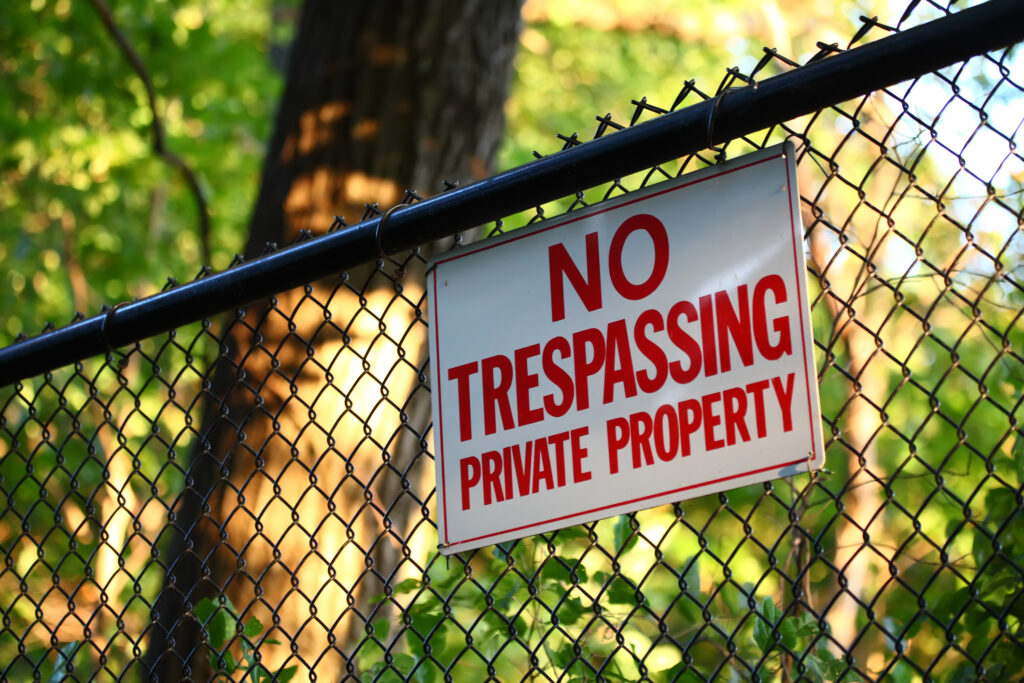Tom Stacy, managing director of the environmentalist group Save Western Ohio, presented compelling testimony to the Ohio House of Representatives Public Utilities Committee that a proposed renewable power mandate would substantially harm the environment and local communities.
The mandate, Stacy noted, would cause the construction of a growing number of wind turbines, a poor source of energy that harms wildlife and takes up excessive amounts of land.
Poor Replacement Option
Stacy, who testified January 23, cautioned the 25 percent renewable power mandate included in Senate Bill 221 would fail to achieve its environmental and economic goals. Moreover, he said, wind power would be ineffective in providing reliable electricity generation.
“No matter what mandates or incentives are offered, wind energy will never replace a dispatchable source generation plant,” Stacy told the committee. Dispatchable power is power that can be supplied as needed.
“Today’s unreliable windmills consume 30 to 200 times the square miles of visual presence of the next most intrusive plants,” Stacy continued.
“By developers’ own admissions,” Stacy noted, “wind energy projects are not driven by any philanthropic or environmental motive, rather by profit potential–potential that would not exist without the most generous subsidies available for any energy source on a percentage of demand fulfillment metric.”
Better Jobs Strategies
On January 9, Ohio Gov. Ted Strickland’s (D) chief energy advisor, Mark Shanahan, testified the primary purpose of S.B. 221 was to stimulate the economy. Stacy strongly disagreed that a renewable power mandate is a desirable way to create jobs.
“There are better economic development incentives with a more direct and certain relationship to jobs than the hopes in S.B. 221,” said Stacy.
“I favor renewable energy that is presented fairly with open admission of its limitations and drawbacks, and that is economically feasible, benefits the local communities where it makes its next home, and provides stable, dispatchable power that truly replaces polluting generation. But [windpower farms] aren’t there yet.”
Stacy’s testimony supported the January 9 testimony of Heartland Institute Senior Fellow James M. Taylor, who pointed out flaws in Shanahan’s assertion that renewable power mandates create jobs.
“Renewable power mandates create some jobs in the narrow sector of renewable power generation while eliminating a greater number of jobs in other sectors of the economy, sectors that would have enhanced the standard of living for citizens of Ohio,” Taylor observed.
Pure Environmental Motives
Assuring the committee that his motives are pure, Stacy noted, “Save Western Ohio has received zero dollars and zero cents from the oil, coal, nuclear, geothermal, solar, E-85, residential real-estate groups, or any other organized concern.”
Save Western Ohio, according to its Web site, “is a nonprofit organization supporting concerns of affected citizens, and advocating environmentally and fiscally responsible, well-regulated renewable energy initiatives and conservation measures.”
“Save Western Ohio is sharing the truth about today’s wind energy industry and its use of federal and state tax dollars,” Stacy said in an interview for this article. “In the absence of any conditions for qualifying for the lavish subsidies, siting guidelines with recklessly short setbacks from residential properties are being sought by wind energy developers.
“Subsidies, energy infrastructure, land use rights, and jurisdictional boundaries are all complicated matters that come together surrounding the wind energy craze,” Stacy added. “It appears to me that those with the money for experienced law teams usually get their way in these cases, unless responsible conditions are placed on access to subsidies from the outset.
“The governor’s energy team assumes local officials to be reasonably equipped to deal with big business interests, their motives, and their tactics, but often this is not the case,” Stacy noted.
E.J. Donovan ([email protected]) is a freelance writer based in Tampa, Florida.



